
Steam engines pulling boats up mountains? It happened, and it changed everything. Before factories roared and cities grew, one bold railroad carved a path through Pennsylvania’s toughest terrain. It was a turning point. These 10 moments show how the Allegheny Portage Railroad helped push America into an era powered by invention and grit.
When Stationary Steam Engines Lifted The Nation’s Ambition

Ten steep inclines spanned the Allegheny Mountains, each driven by a stationary steam engine using rope to lift freight. In the 1830s, this bold setup became America’s first engineered solution to mountain transport. The design significantly reduced travel time and expanded commerce to inland regions, setting a new standard for industrial progress.
The First Time A Railroad Tunnel Was Carved Through Solid Rock
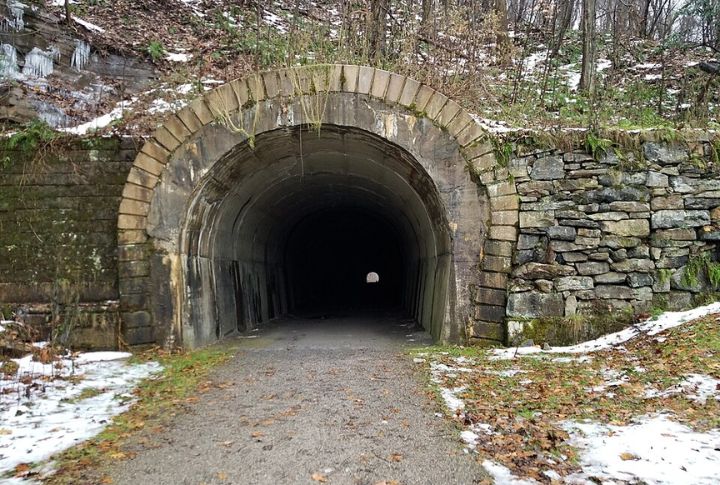
From 1831 to 1833, workers excavated the 901-foot Staple Bend Tunnel using black powder and hand tools. They removed nearly 14,900 cubic yards of rock, and it became the first railroad tunnel in the United States. This achievement proved tunneling was viable and sparked future rail projects through even tougher terrain.
When Integrated Transport Became A Model For Industrial America
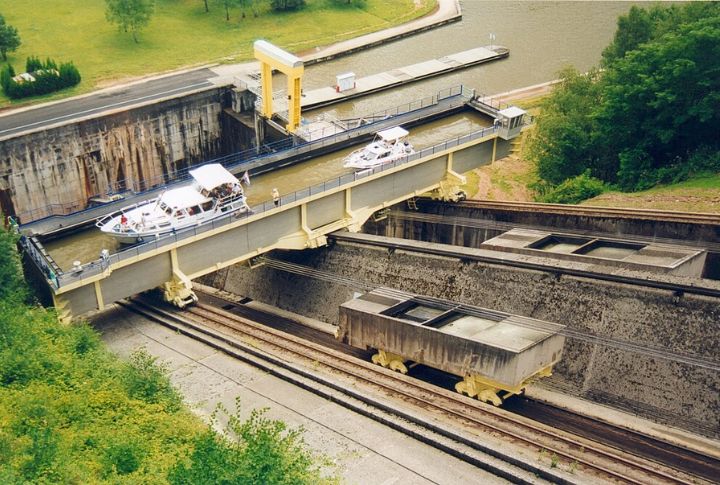
In 1834, the Main Line began linking canal routes to mechanical inclines. Freight moved swiftly across Pennsylvania thanks to this coordination. Instead of relying on one mode of transport, the state blended water and rail systems into something new, a foundational model for large-scale economic movement.
How Hollidaysburg Became An Industrial Growth Model

What began as a settlement of fewer than 80 residents soon expanded into a town of over 2,000. By 1834, the portage system had turned Hollidaysburg into a key shipping and labor hub. The shift wasn’t accidental; it showed how smart infrastructure could rapidly upgrade a community and drive industrial growth.
When John Roebling’s Wire Ropes Replaced Fragile Hemp Lines
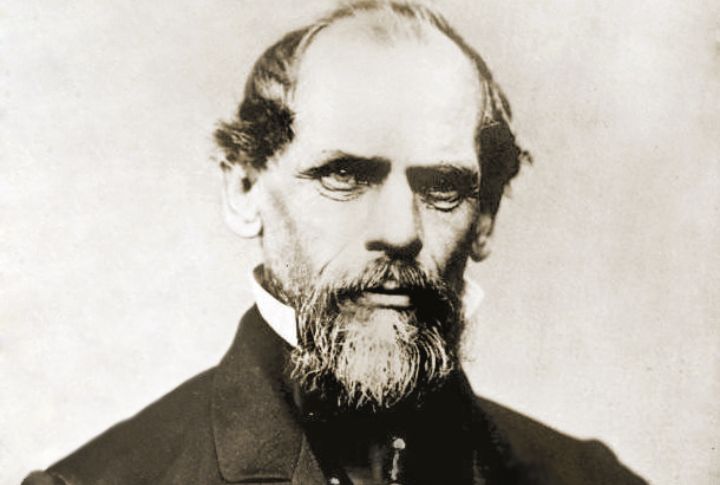
Snapped ropes were more than a nuisance. They were dangerous! In 1841, John Roebling introduced wire rope to replace unreliable hemp. It didn’t just solve the incline problem. That simple twist of steel launched a new era in suspension design. You owe Roebling every smooth crossing you’ve made since.
When Engine Houses Became Early Industrial Control Centers
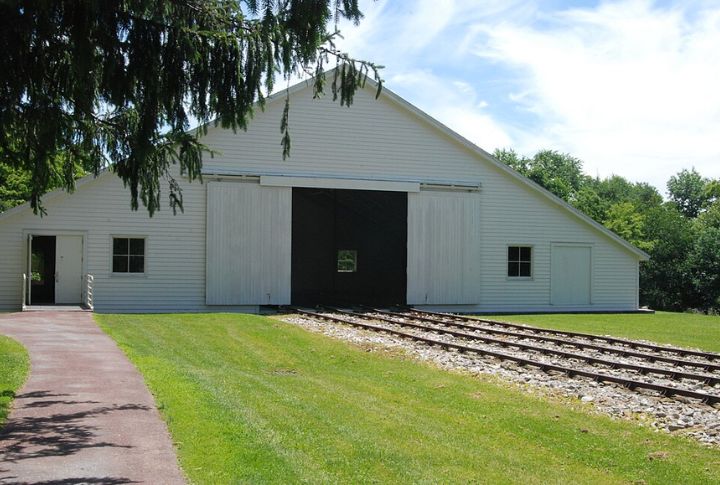
Think of engine houses as mission control for the mountains. Perched above each incline, they managed steam pressure and cable control with precise coordination to keep the system running smoothly. Inside, workers balanced force and function with precision. Without these hubs, the entire transport network would’ve come to a chaotic stop.
Training The First Generation Of Industrial Workers
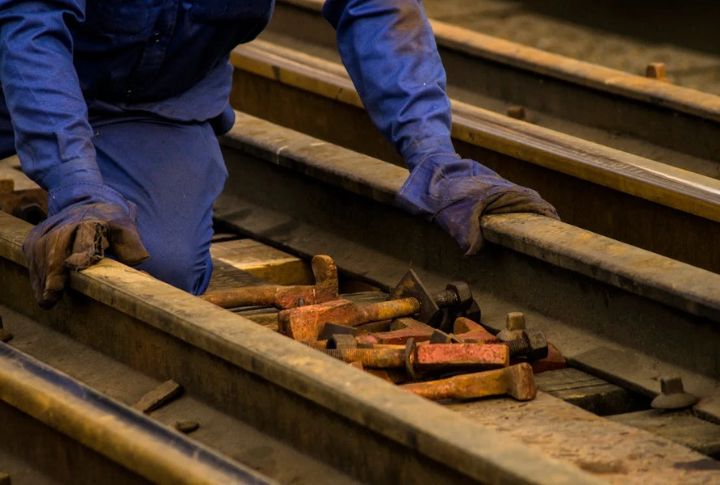
Few places tested raw potential like this railroad. Young workers faced heat, pressure, and mechanical complexity daily. Every task demanded precision; missteps could stall thousands of pounds of cargo. Those who succeeded carried their hard-earned skills into growing industries, which shaped the workforce behind America’s rapid rise in industrial capability.
The Disaster That Redefined Railroad Safety Standards

Boom! That’s not a good sound when it’s a boiler. In 1852, an engine house exploded, killing four and hurling metal. Onlookers watched the chaos unfold in real-time. The blast pushed engineers to rethink safety protocols, laying the groundwork for the rules that still protect passengers today.
Public Encounters With Early Industrial Power
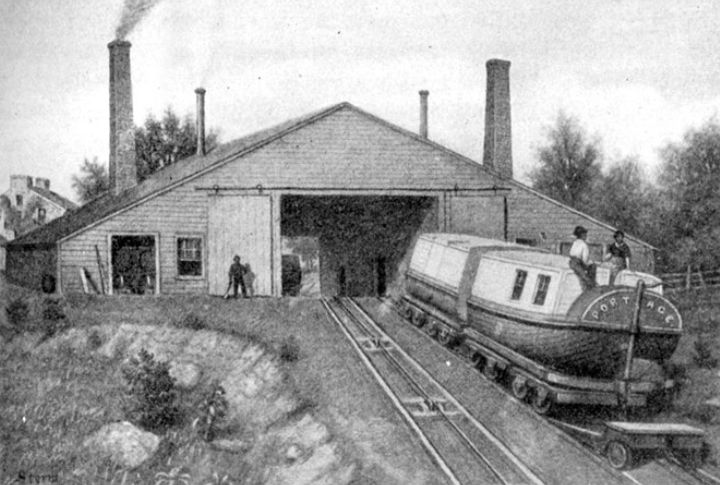
Picture yourself gripping a wooden bench as steam hisses and gears groan beneath you. In the 1840s, incline trains gave everyday Americans their first real glimpse of industrial power. Seeing boats pulled skyward by machinery felt like magic, and for many, it sparked a lasting fascination with the promise of mechanical innovation.
Mechanizing Mountains And Improving National Strategy

The Alleghenies stood in the way of westward growth, but engineers turned obstacles into engineered systems—tunnels, inclines, engine houses. The Allegheny Portage Railroad became more than infrastructure; it modeled large-scale planning. That shift in thinking helped lay the foundation for America’s rise as an industrial power.
